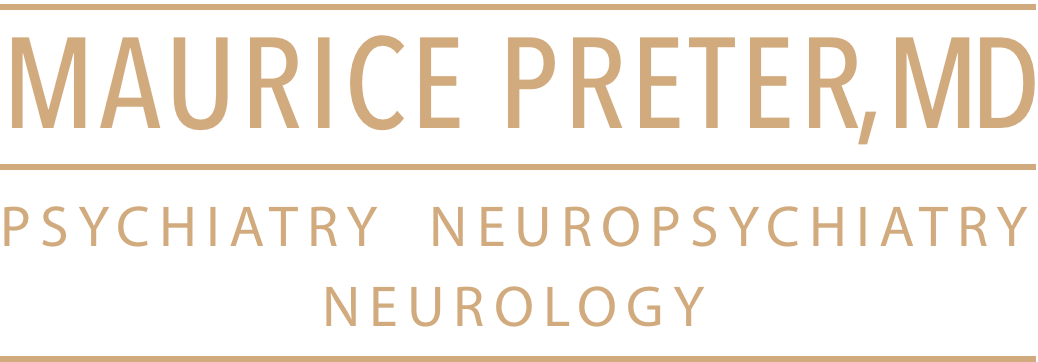Out-of-network health insurance benefits can be effectively utilized to obtain neuropsychiatric care in New York City.
Here’s a comprehensive guide on how to navigate this process:
Understanding Out-of-Network Benefits
Out-of-network benefits allow you to see healthcare providers who are not in your insurance plan’s network, including neuropsychiatrists. While you may pay more upfront, you can often receive substantial reimbursement from your insurance company.
Key Steps to Utilize Out-of-Network Benefits
1. **Verify Your Coverage**: Contact your insurance company to confirm your out-of-network benefits for neuropsychiatric services.
2. **Understand Your Deductible**: Know the amount you need to pay before your insurance starts covering costs.
3. **Check Reimbursement Rates**: Ask your insurance about the percentage of out-of-network costs they’ll cover. Typically, insurance reimburses 50-80% of the cost per service after the deductible is met.
4. **Find a Neuropsychiatrist**: Many reputable institutions in NYC offer comprehensive neuropsychiatric services. Private practitioners are few and far between, but do exist.
5. **Pay Upfront**: You’ll typically need to pay the full fee at the time of service.
6. **Obtain a Superbill**: After your session, request a detailed receipt (superbill) from your neuropsychiatrist. This document should include all necessary information for insurance submission.
7. **Submit Claims**: File your claims promptly to ensure timely reimbursement. You can usually do this online or by mail.
Important Questions to Ask Your Insurance Company
When contacting your insurance provider, ask the following:
– Do I have out-of-network benefits for neuropsychiatric services?
– What is my out-of-network deductible, and how much have I met so far this year?
– What is my out-of-network coinsurance for neuropsychiatric services?
– Is there a limit on the number of sessions covered per year?
– Do I need pre-authorization for neuropsychiatric services?
Relevant Billing Codes
When discussing coverage with your insurance, you may need to reference these common billing codes for neuropsychiatric services:
– 90792: 90-minute initial psychiatric diagnostic evaluation
– 99213 + 90836: 45-minute follow-up sessions (includes therapy and medication management)
– 99213 + 90833: 30-minute follow-up sessions (medication management only)
Tips for Successful Claims Submission
1. Submit claims regularly, ideally after each session.
2. Double-check all information for accuracy before submitting.
3. Keep copies of all submitted claims and correspondence.
4. Follow up with your insurance company if you haven’t received a response within 30 days.
5. Be prepared to appeal if a claim is denied.
Potential Benefits of Using Out-of-Network Coverage
1. **Wider Provider Selection**: You have access to a larger pool of neuropsychiatrists, allowing you to choose based on expertise and specialization.
2. **Flexibility**: You’re not limited to in-network providers, which can be particularly beneficial when seeking specialized neuropsychiatric care.
3. **Quality of Care**: You can prioritize finding the best neuropsychiatrist for your needs without being restricted by network limitations.
Remember, while using out-of-network benefits may require more upfront costs and paperwork, it can provide access to high-quality neuropsychiatric care in NYC that might not be available within your network. Always verify your specific coverage details with your insurance provider, as benefits can vary significantly between plans.

